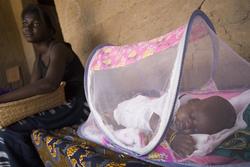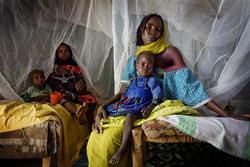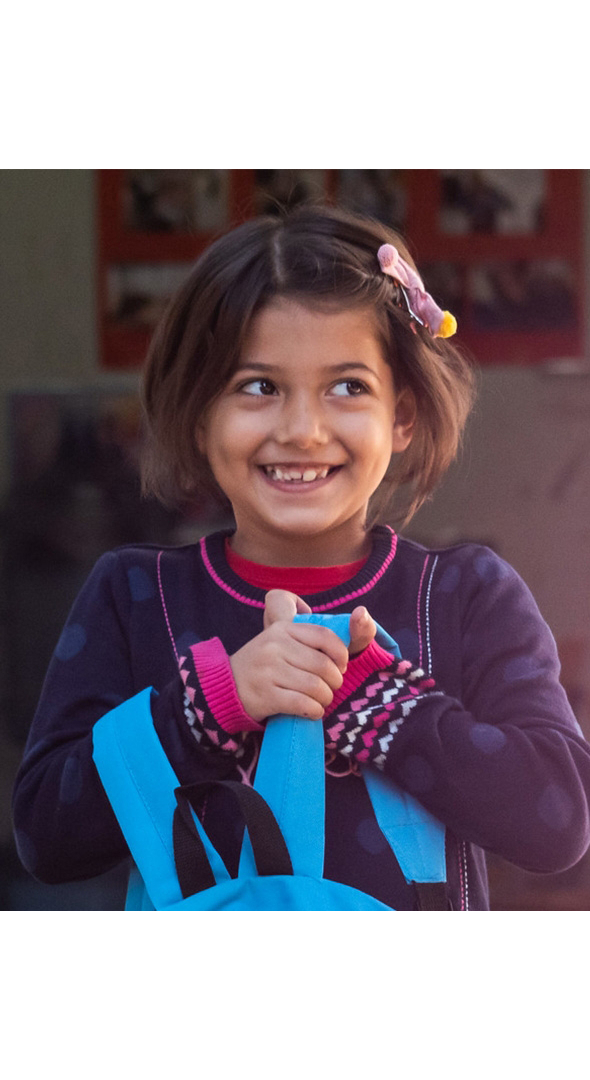世界瘧疾日
2010-04-25
聯合國兒童基金會於「世界瘧疾日」(25/4)呼籲全球推行瘧疾防預工作
全球每年有達850,000人死於蚊叮,當中近九成來自非洲撤哈拉周邊地區,亦是當地致命率最高的一個原因。保守估計,在撤哈拉一帶每30秒就有一名兒童死於瘧疾,當中大部分死者均少於5歲。瘧疾是一種可致命的嚴重疾病,主要透過瘧蚊傳染,是兒童的大敵。由於兒童的免疫力較弱,一旦被瘧蚊叮中,體內的免疫力並不足以抵抗瘧疾,病菌便會迅速擴散,導致昏迷,甚至死亡。據此,聯合國兒童基金會呼籲全球一同打擊瘧疾,全面推行瘧疾防預工作,拯救數以萬計的生命。
 |
 |
對抗瘧疾好處多:
- 減少瘧疾感染率,有助減低各地健康院需求緊張的壓力;
- 瘧疾是導致愛滋病患者死亡的一大主因,成功控制瘧疾散播,變相可減少愛滋病患者的死亡率;
- 營養不良的兒童減染瘧疾,致命的風險較一般兒童更高。因此有效控制瘧疾傳染,可同時減少兒童營養不良的死亡率;
- 預防瘧疾,更有助提升孕婦及嬰兒的健康。









